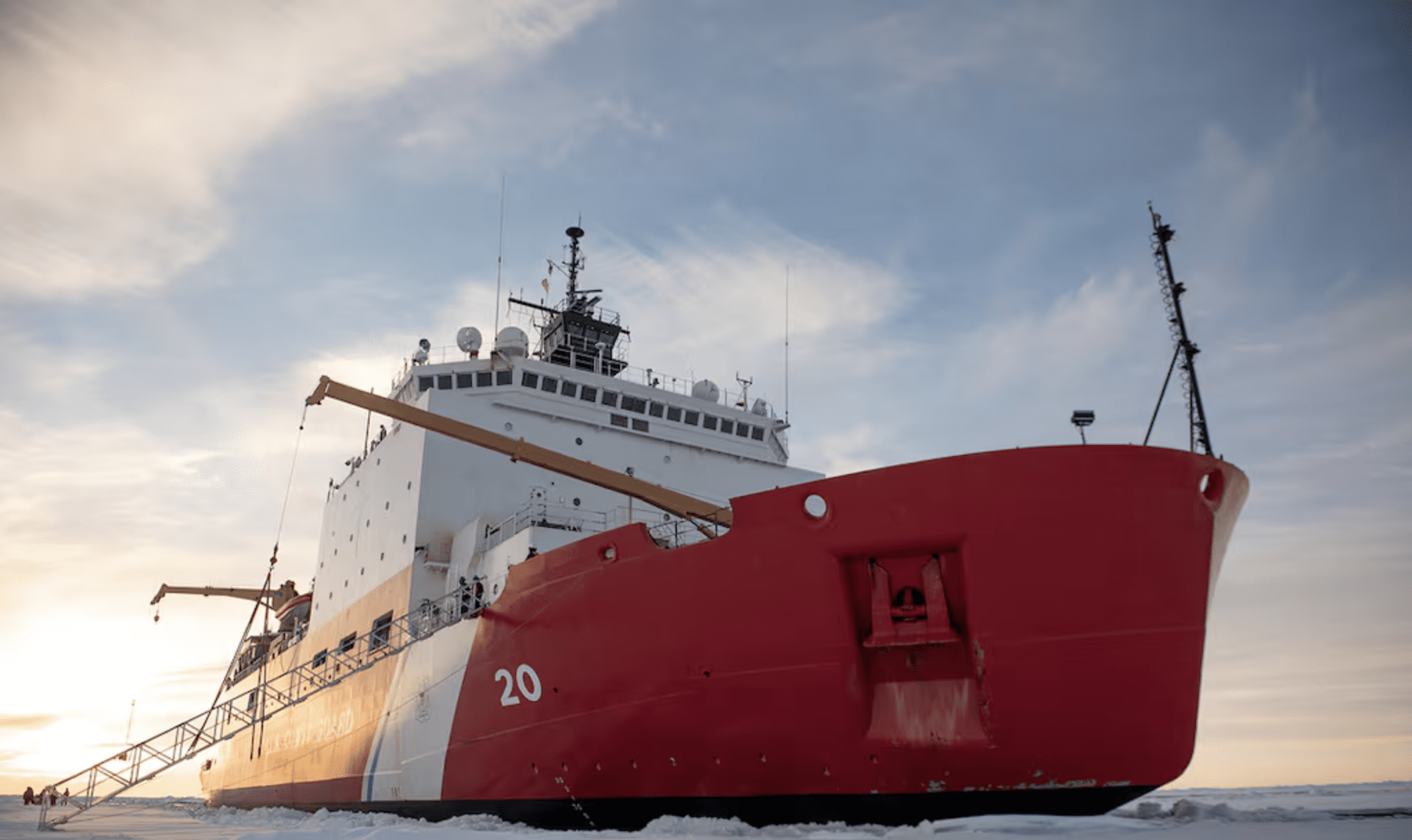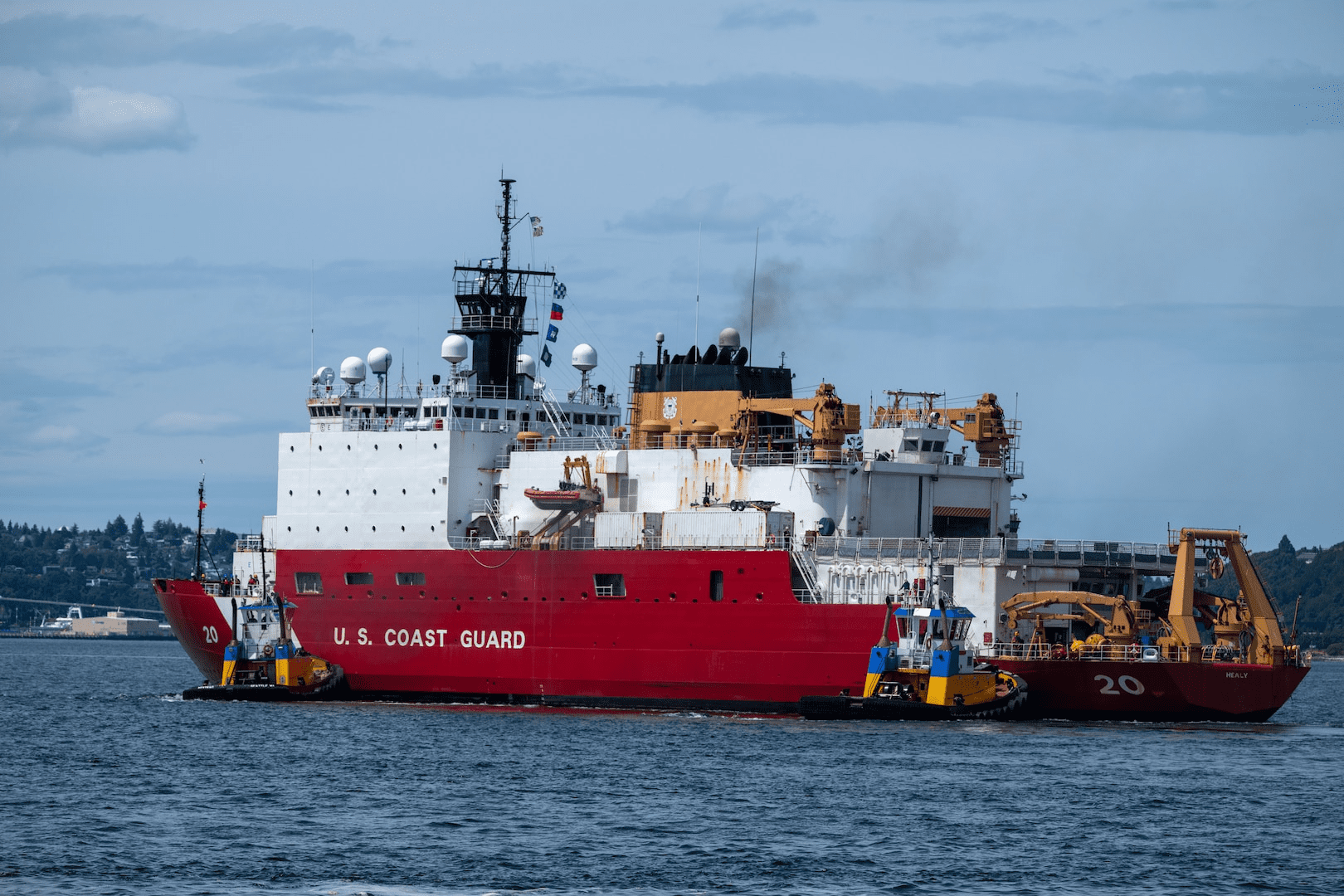By James Stavridis (Bloomberg Opinion) At a Florida port, the U.S. Coast Guard drops off $1.4 billion worth of cocaine and marijuana seized in the Caribbean and Eastern Pacific. The haul, the fruit of nearly 30 incidents and boarding operations by the U.S., Canada and the Netherlands, contains nearly 60,000 pounds of cocaine alone.
No, it’s not a reboot of “Miami Vice” — it happened last week.
Huge shipments of drugs are being captured at sea on their way to the U.S. and Europe. In 2019, U.S. authorities boarded the Gayane, a 1,000-foot container ship registered in Liberia, as it was entering a Philadelphia marine terminal at the end of a 9,300-mile voyage from Chile. The raid netted 40,000 pounds of cocaine worth $1.3 billion.
These are eye-popping numbers, even to those who have been involved in interdiction operations for decades. What is driving the trend toward huge shipments of narcotics, and how will U.S. authorities cope with it?
In the 2000s, when I headed the U.S. Southern Command (which has military responsibility for the Western Hemisphere south of the U.S.), one of our crown jewels was the Joint Interagency Task Force South. Headquartered in Key West, Florida, it is built around participation from the entire U.S. government — led by the Coast Guard but with significant support from the Department of Defense, Department of Justice, Drug Enforcement Administration, Customs and Border Patrol, FBI and CIA. Flags of 20 other nations fly in front of the Key West facility, representing liaisons from countries across Latin America, the Caribbean, and Europe.
Over the years, traffickers moving cocaine up from the production zone — principally Colombia, Ecuador and northern Peru — have refined their efforts and, like any thriving business, scaled them significantly. In previous decades, they typically used many small runs on light aircraft, ultra-high-speed boats and even semi-submersibles. We captured one of the latter (often referred to in press accounts, incorrectly, as submarines), carrying 10 tons of cocaine, and put it on the lawn in front of Southern Command’s Miami headquarters as a trophy.
While those kinds of operations continue, the movement is toward more industrial notions of transport, with much larger shipments stored in huge container ships headed to the U.S. and Europe. With more than 5,000 major cargo ships globally moving 25 million containers (technically known as “20-foot equivalent units,” or TEUs) — and 11 million containers arriving annually to the U.S. alone — locating the ones carrying drugs is a needle in a haystack problem.
To deal with the traffickers’ new approach of going big, the U.S. and its allies need to update their own strategy and tactics.
Strategically, everyone has to understand that the problem cannot be solved through billion-dollar drug busts alone. It requires a three-part approach: working with South American partner nations to reduce the supply side, through destroying crops and encouraging farmers to grow different produce; conducting a more sophisticated interdiction campaign that raises costs on the drug lords; and — above all — reducing market demand in the U.S. and other wealthy nations.
In terms of tactics, the U.S. needs to put in place technologies that allow quicker and more secure scanning of containers and their contents; more customs agents at embarkation points abroad; an increase in human intelligence, especially penetrating the drug cartels and shipping networks; and improved surveillance systems above ports — mainly space satellites and drones.
All of that is expensive, but public money could be saved through public-private cooperation with the shipping industry. Every marine transport company has a vested interest in ensuring the integrity and safety of its cargos and crews. For example, shipping companies could invest in some of the new technologies described above by pooling funds for research and deployment. The big insurance companies also have skin in the game and may support such an effort.
The hardest part of the equation to slow the flow of drugs is on the demand side in the U.S., the largest global market. Federal and state programs for addiction treatment, which are part of the infrastructure bills moving through legislatures, can help. We should certainly consider broader legalization and regulation of marijuana, which still makes up a significant part of the illicit shipments. U.S. narcotics overdoses have nearly doubled over the last decade, even with interdiction keeping 250 tons of cocaine off the streets each year.
The U.S. needs not only more of the major single-point busts, but to step up the wide-area coverage in the Caribbean and beyond that can be only provided by multi-agency organizations like the Joint Interagency Task Force South.
It is a crisis in every sense; and helping end it begins at sea.
Copyright 2021
This column does not necessarily reflect the opinion of the editorial board or Bloomberg LP and its owners.

 Join The Club
Join The Club











